Jubilee Pavilion
The early 1920s were a time of building and prosperity for the City of Oshawa. The community was growing, and the needs of the people were too. During this time, the Board of Parks Commission in Oshawa began plans to construct a new pavilion. This building, situated along the shores of Lake Ontario at Lakeview Park, would contain a restaurant and a dance hall. This would not be the first of the Lakeview pavilions, the Mallory/Henry/Barnhart Pavilion had already been a feature of the area since the 1880s. The contract for what would become the Jubilee Pavilion was awarded to the W.J. Trick Company. The architects, Mathers & Hadenby, were from Toronto. Construction of the pavilion cost $13,975, but at the time this only accounted for the exterior of the building. The building would be owned by the City but leased to companies for its use. In the 1920s and 1930s, the pavilion was only open during the summer months with dancing six nights a week. In the late 1940s, people began leaving the city for the summer to cottages or travelling, and this resulted in a decrease in attendance at the Jubilee. Because of this, the City of Oshawa soon chose to winterize the building, thus enabling it to be used all year round.
“The building is constructed of frame, on a concrete foundation, with two large basements at the east and west ends of the building. In each basement there is provided a furnace room and a coal bunker. By installing hot air furnaces in these two furnace rooms the entire building can be heated for winter use. The floor plan provides a large dance floor in the centre, with restrooms and café at either end. The dancing floor is constructed of maple and measures 42 feet by 118 feet, with promenades about 15 feet wide along the sides. The exterior of the building is finished with a bright green room, weathered grey walls and cream trimmings.”
~Oshawa Daily Times, August 11, 1928
The Jubilee was open for business on June 30, 1927. However, the official opening was Dominion Day, July 1, 1927. The name of the pavilion was chosen to commemorate Canada’s Diamond Jubilee – 60 years of Confederation. There was a grand opening weekend filled with dancing on June 30, July 1, and July 2, inviting the people of Oshawa to “dance the old era out and the new era in.” Over the years, the name for the Jubilee has shortened, and it is known to the locals as “The Jube.”
In September of 1931 after a dance known as the Midnight Frolic, the Jubilee Pavilion was devastated by fire. According to the Oshawa Daily Times, a cigarette butt that was carelessly thrown near the orchestra platform caused the fire. Within six minutes the fire department arrived and extinguished the blaze. The damage was in the $10,000 range. The Jube was eventually restored and opened again for business.
During the Second World War, the Jubilee became a familiar off-base objective for hundreds of airmen stationed at the Royal Canadian Air Force flying training school, now Oshawa Airport. There was also an influx of soldiers and officers from other military sectors. Soldiers at the Armouries, Camp X, and Camp 30 in Bowmanville also frequented Oshawa’s dance pavilions.
The Jube had numerous managers until the mid-1980s when the Central Lions Club signed a long-term lease and took over operations. The Central Lions Club is responsible for many of the present day renovations such as “the brick façade, a large kitchen, a new snack bar, a stage, better electrical facilities, modern sound and lighting systems, plus the Lakeview Room, where the walls are lined with photos taken during the 60 years of the Jube” (Durham Life, June 28, 1988).
The Jube has been the host of many events. These events range from hosting bands (Glen Miller Orchestra to Rush) to swing dances. The Central Lions Club was responsible for the organization of the many bingo nights at the Jube. Unfortunately, due to a loss in revenue the last bingo game was held in January 1999. Through these bingo games the Central Lions Club was able to raise money for community projects. The playground beside the Jubilee is one such example. With all of these events now at a close, the Central Lions Club now hosts dances and rents out the Jubilee for weddings, parties, and other dances.
In 2005, the Jube received extensive renovations of the kitchen and restoration of the original dance floor. Since its revitalization, the Jube has seen 825 weddings, 1400 corporate events, 185 bridal and baby showers and 209 proms. During the two years leading up to these renovations, it even served as a centre of operations for the Oshawa Museum after the Guy House fire in 2003.
Today, the Jubilee Pavilion continues to be one of Oshawa’s hidden gems on the shores of Lake Ontario. During its nearly century long lifespan, the Jubilee has always brought life into Lakeview Park. Services such as, the snack bar, off-site catering, hall receptions, and on-site ceremonies, are still readily available, cementing its place in Oshawa’s community.
References:
“The Jubilee Pavilion.” Lakeview Park – Celebrating 100, Oshawa Museum, 22 Oct. 2020, https://lakeviewparkoshawa.wordpress.com/2020/10/27/the-jubilee-pavilion/.
Jubilee Pavilion, City of Oshawa, http://www.jubileepavilion.com/home.html.
“Jubilee Pavilion marks 62nd year July 1” John Goodwin, Durham Life, June 29, 1988.
Jubilee Pavilion file, Oshawa Community Archives.
Lakeview Park file, Oshawa Community Archives.
Oshawa Daily Times, August 11, 1928
Oshawa Daily Times, September 8, 1931.

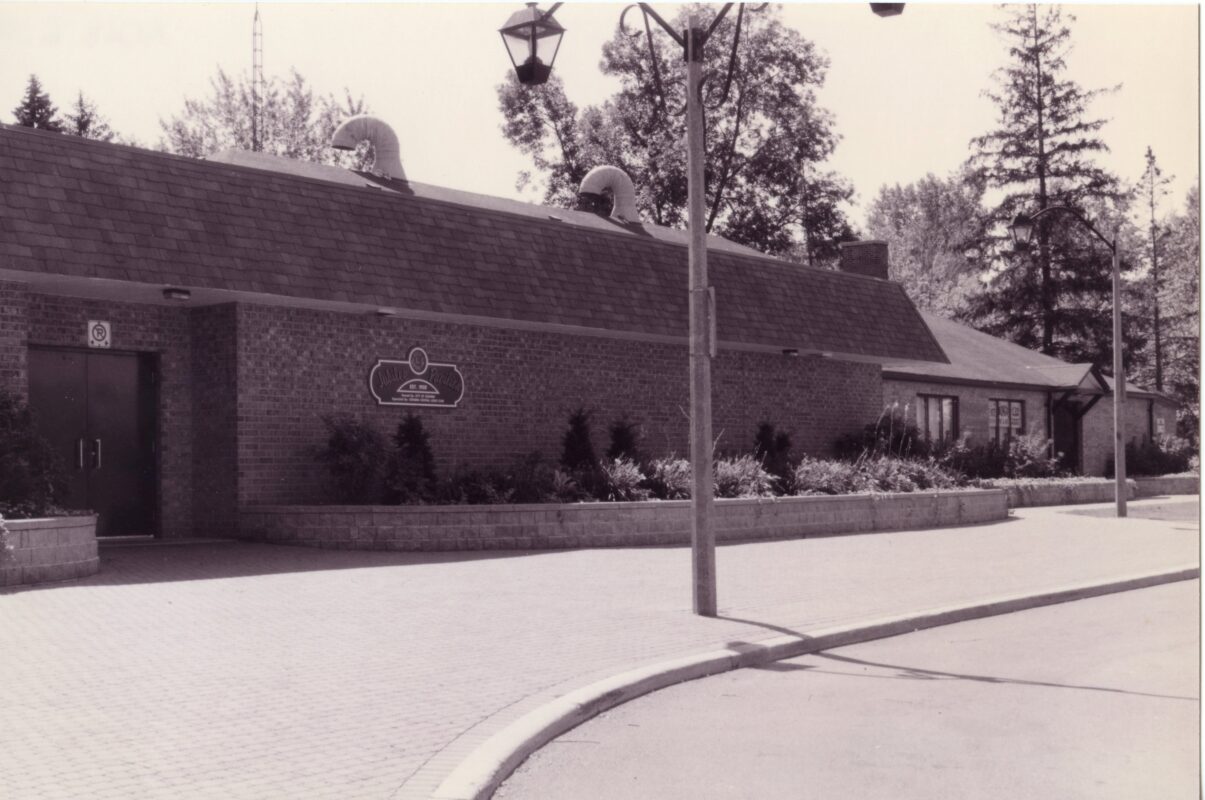
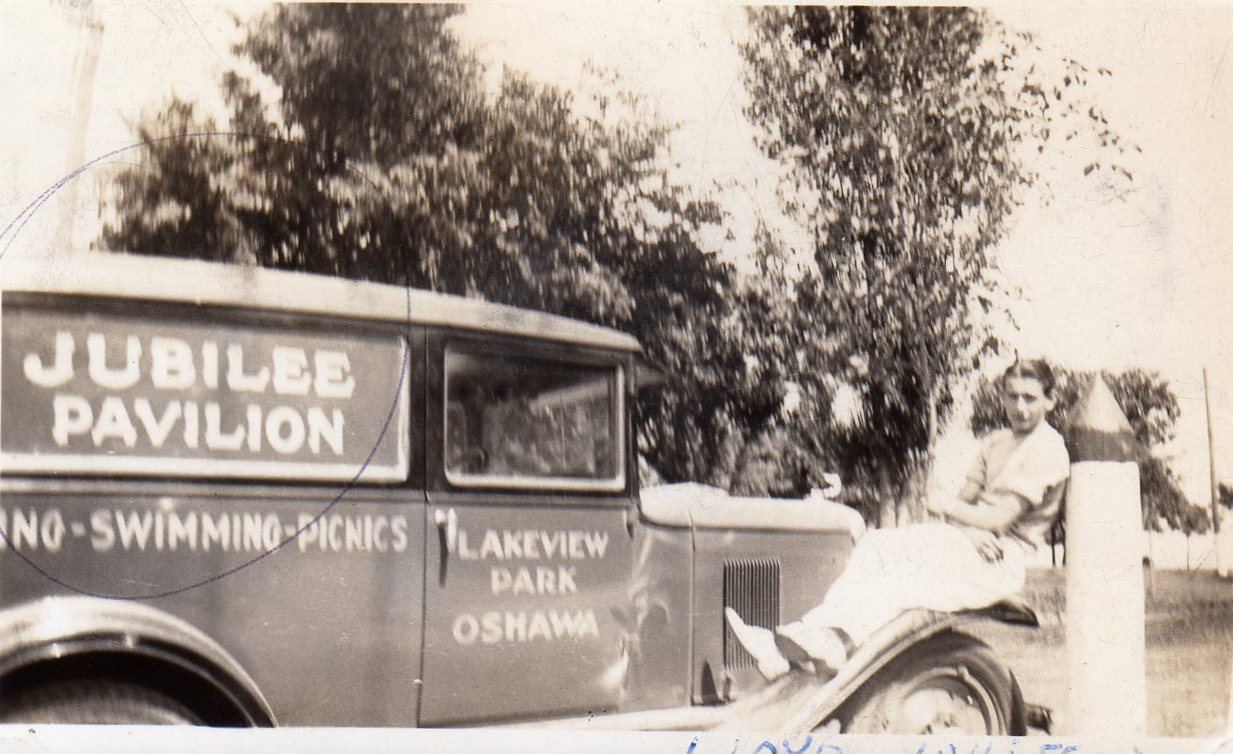


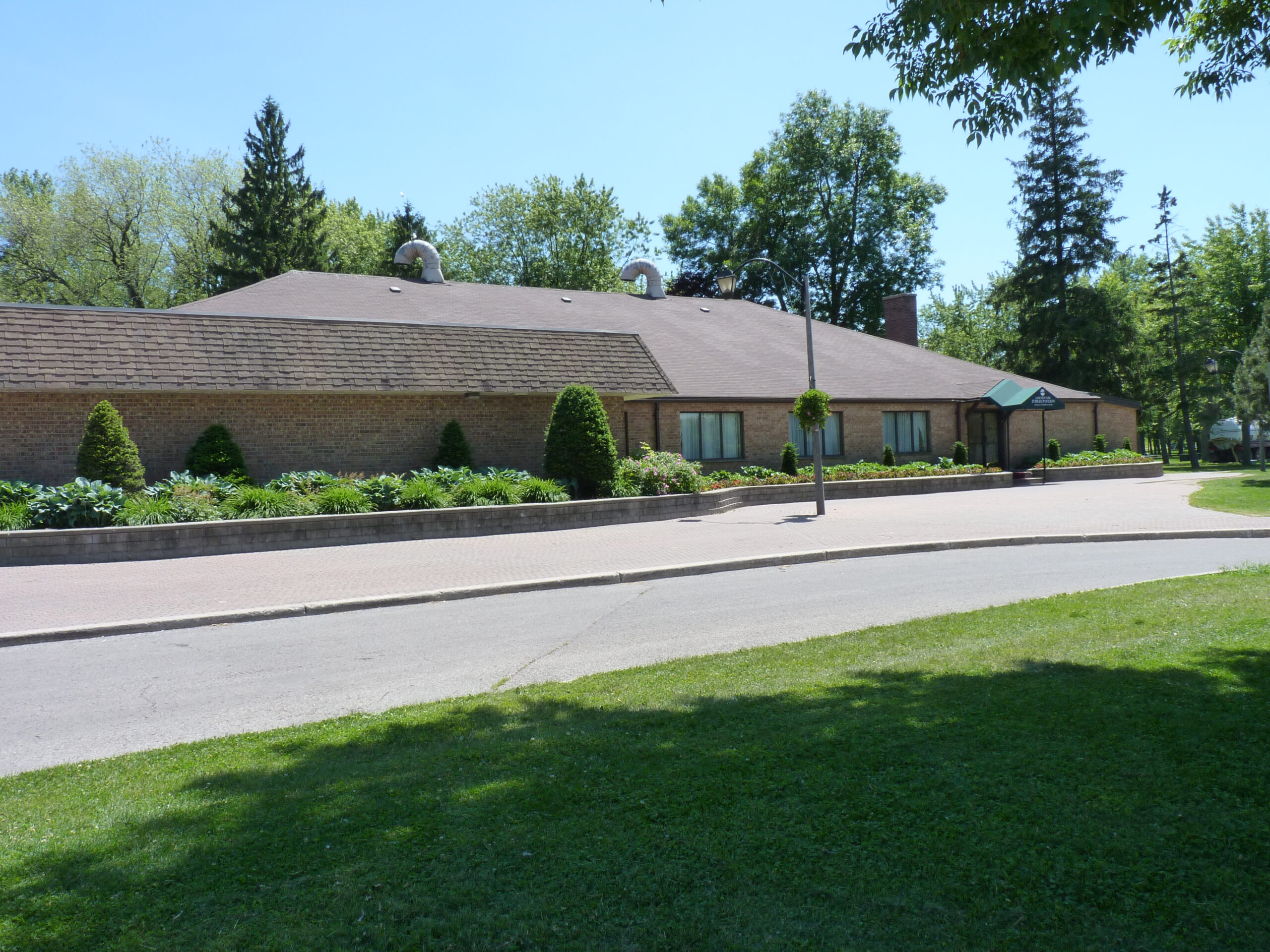
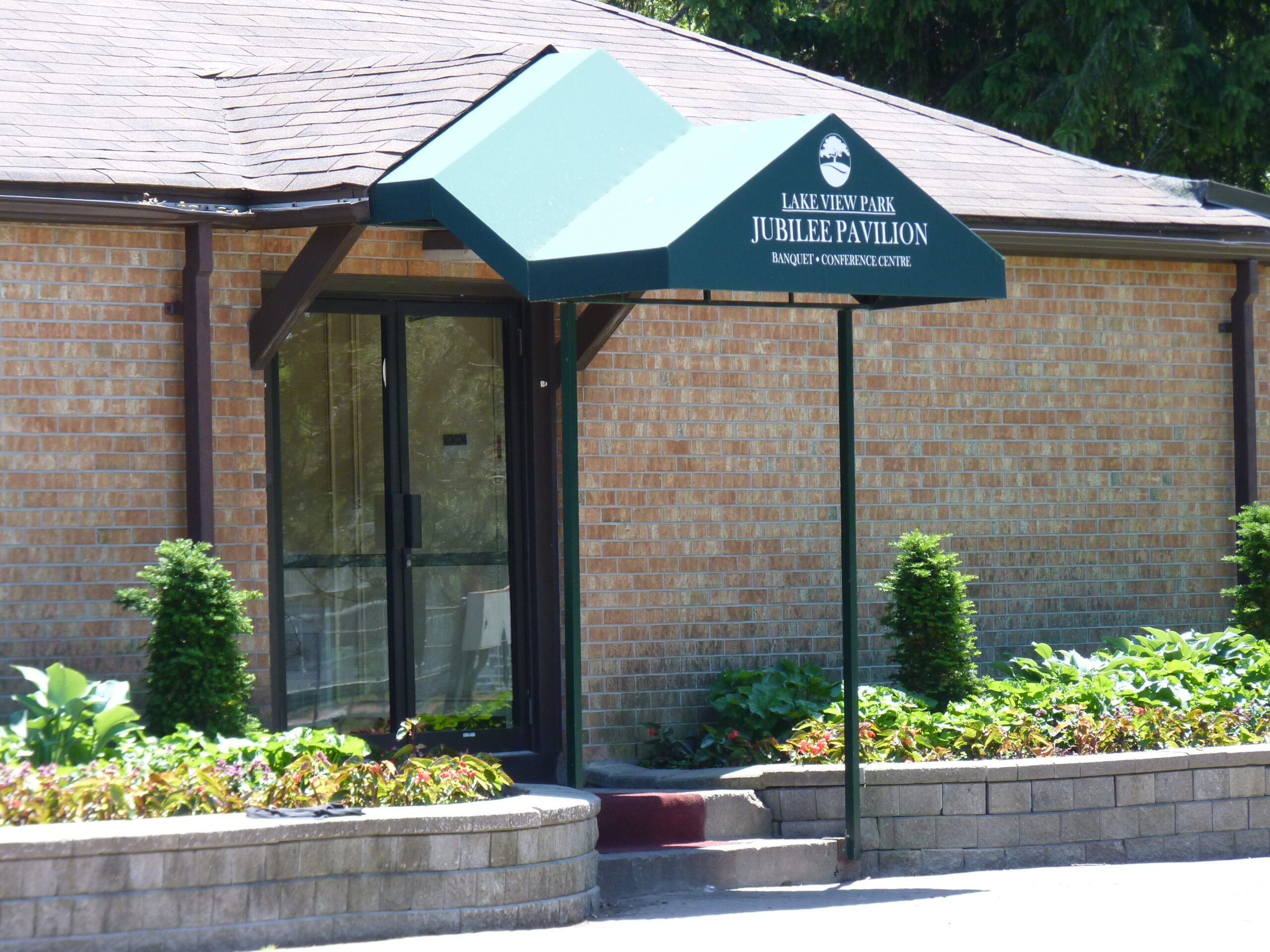

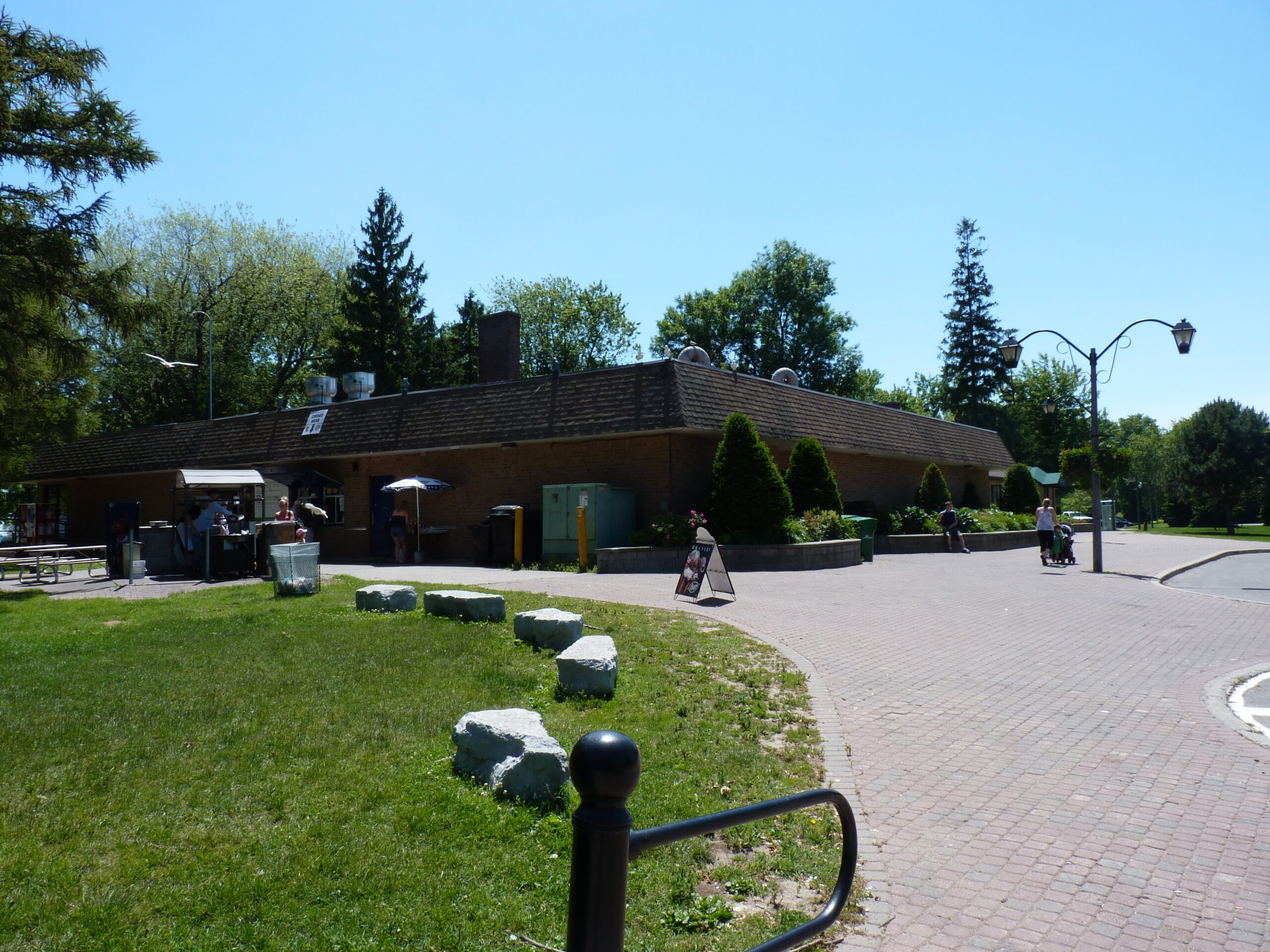
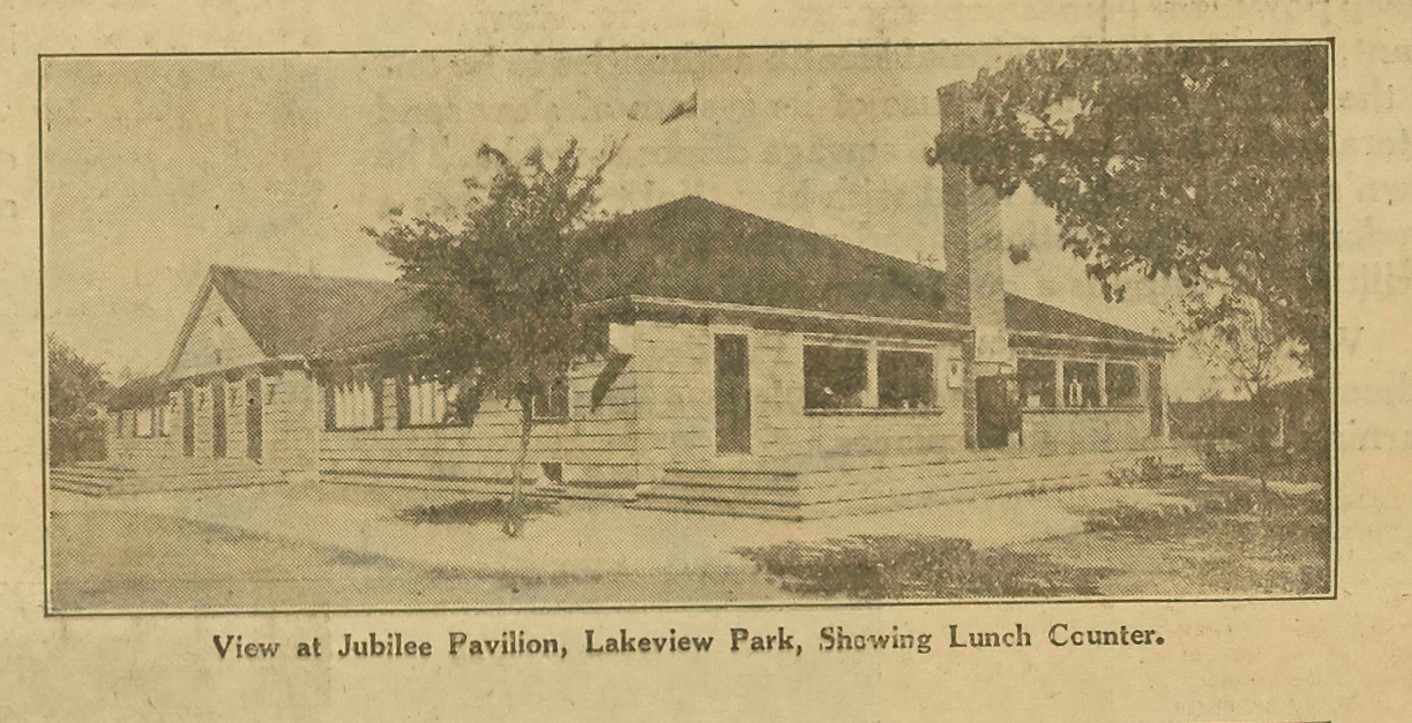


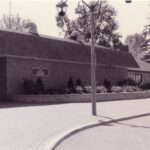

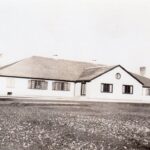
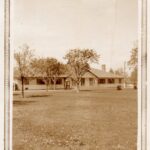

Nice to know some work my Grandfather did!
Thanks for this article!